
WPC Wall Panels: Fire Resistance Ratings & Safety Standards

Walk into any modern home renovation or commercial building project, and you'll likely hear the buzz around wall panels. They're the unsung heroes of interior design—shaping spaces, adding texture, and even boosting functionality. But here's the thing: while aesthetics and durability often take center stage, there's one factor that should never be an afterthought: safety. Specifically, fire safety. For anyone knee-deep in choosing materials, whether you're a homeowner, contractor, or architect, understanding how your wall panels hold up in a fire isn't just about compliance—it's about protecting what matters most. Today, we're zeroing in on a material that's been gaining traction for years: WPC wall panels. We'll break down their fire resistance ratings, the safety standards that govern them, and why partnering with a reliable WPC wall panel supplier matters more than you might think.
What Are WPC Wall Panels, Anyway?
Let's start with the basics. WPC stands for Wood Plastic Composite, a blend of natural wood fibers (like sawdust or wood flour) and thermoplastics (think polyethylene or polypropylene), mixed with additives to boost performance. The result? A material that marries the best of both worlds: the warm, organic look of wood and the water-resistant, low-maintenance perks of plastic. It's why WPC has become a go-to for everything from decking to furniture—and yes, wall panels. But here's the catch: when you combine wood (a combustible material) with plastic (which can melt and release fumes under heat), fire behavior becomes a critical conversation. That's where fire resistance ratings step in.
As a building material supplier with years in the industry, we've seen firsthand how WPC wall panels have evolved. Early versions had a reputation for being less fire-resistant than, say, concrete or metal. But modern formulations? They're a different story. Thanks to advanced additives like flame retardants and better manufacturing processes, today's WPC wall panels can meet some of the strictest fire safety standards out there. But not all WPC panels are created equal—and that's where understanding ratings and standards becomes your best tool.
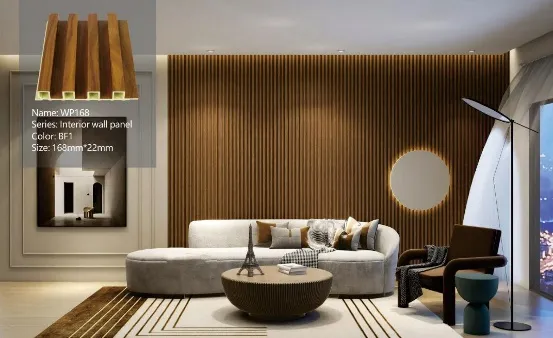
Fire Resistance Ratings: What Do They Actually Mean?
Fire resistance ratings sound technical, but they're really just a way to measure how a material behaves when exposed to fire. Think of it as a report card: does the material catch fire easily? How quickly does the flame spread? How much smoke does it produce? These are the questions ratings answer. Let's break down the key terms you'll encounter.
The most common standard in North America is ASTM E84, also known as the Steiner Tunnel Test. This test measures two critical factors: Flame Spread Index (FSI) and Smoke Development Index (SDI). The FSI tells you how fast a flame spreads along the material's surface—lower numbers are better. The SDI measures how much smoke is produced, which is vital because smoke inhalation is often the leading cause of fire-related injuries. Materials are then classified into three grades based on their FSI:
- Class A (or Class 1): FSI 0–25. These are the most fire-resistant, ideal for high-traffic or safety-critical areas like hospitals, schools, or high-rise buildings.
- Class B (or Class 2): FSI 26–75. Suitable for residential spaces or areas with lower fire risk.
- Class C (or Class 3): FSI 76–200. The least resistant, typically used in low-risk, non-occupied spaces.
In Europe, the standard is EN 13501-1, which uses a similar classification system but adds more details, like whether the material drips flaming particles (rated as "s" for dripping or "d0" for no dripping). For example, a material rated "A2-s1, d0" is non-combustible (A2), produces little smoke (s1), and doesn't drip (d0)—the gold standard for safety.
So, where do WPC wall panels fall? It depends on the formulation. A cheap, low-quality WPC panel might only hit Class C, while a premium product from a reputable WPC wall panel supplier could reach Class B or even Class A. The difference often comes down to additives: flame retardants like aluminum hydroxide or magnesium hydroxide are mixed into the composite to slow combustion, reduce flame spread, and minimize smoke. Some suppliers even go the extra mile to test their panels under additional standards, like UL 723 (similar to ASTM E84) or ISO 5660 (which measures heat release rate).
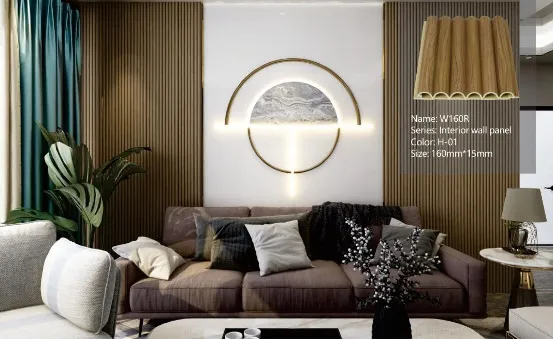
Safety Standards: Beyond the Rating
Fire resistance ratings are important, but they're just one piece of the safety puzzle. Building codes and industry standards play a huge role in ensuring WPC wall panels are used correctly. Let's take the International Building Code (IBC), for example. In the U.S., the IBC outlines where certain fire-rated materials must be used. For instance, in a multi-family building, wall assemblies between units often require a 1-hour fire rating, meaning the material must resist fire for at least 60 minutes. WPC panels, if properly rated, can meet this—but only if they're installed according to the manufacturer's guidelines.
Then there are installation standards. Even the most fire-resistant panel will fail if installed incorrectly. Gaps between panels, improper adhesives, or using non-fire-rated accessories (like trim or fasteners) can create pathways for fire to spread. That's why choosing a WPC wall panel supplier that doesn't just sell panels but offers comprehensive WPC wall panel solutions—including installation guides, technical support, and even on-site training—can make all the difference. A good supplier will walk you through the do's and don'ts: how to seal edges, which adhesives are compatible with fire-rated panels, and how to pair panels with fire-resistant insulation for extra protection.
Certifications are another red flag (or green flag, if you're lucky). Look for panels that carry marks like CE (for compliance with EU standards), UL (Underwriters Laboratories), or FM Approvals. These certifications mean the product has been independently tested and meets strict safety criteria. For example, a CE mark on WPC panels indicates they've passed EN 13501-1 testing, while a UL mark might confirm compliance with ASTM E84. If a supplier can't provide certification documents, that's a warning sign—no amount of marketing jargon can replace third-party validation.
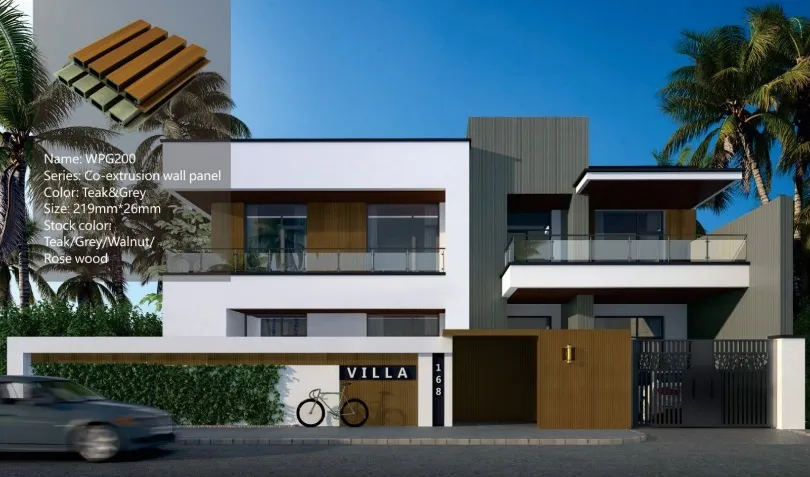
How WPC Stacks Up Against Other Wall Panel Materials
WPC isn't the only player in the wall panel game. There's bamboo charcoal board, MCM flexible cladding stone, and even specialized options like Class A fireproof CPL inorganic boards (often used in hospitals and schools). How does WPC compare when it comes to fire safety? Let's take a look:
| Material | Typical Fire Rating (ASTM E84) | Smoke Development Index | Best For |
|---|---|---|---|
| WPC Wall Panels | Class B (FSI 26–75) to Class A (FSI 0–25)* | 200–450 (lower = better) | Residential interiors, commercial offices, retail spaces |
| Bamboo Charcoal Board Wall Panels | Class B (FSI 50–75) | 300–500 | Eco-friendly homes, low-traffic areas |
| MCM Flexible Cladding Stone | Class A (FSI 0–25) | <100 | Exteriors, high-rise buildings, historic renovations |
| Class A Fireproof CPL Inorganic Board | Class A (FSI 0–25) | <50 | Hospitals, schools, nursing homes (safety-critical spaces) |
*Depends on formulation and additives. Premium WPC panels from top suppliers often reach Class A.
As you can see, WPC holds its own, especially when compared to bamboo charcoal board. It's not quite as fire-resistant as MCM cladding or Class A CPL inorganic boards (which are designed for ultra-high-safety environments like hospitals), but it offers a balance of performance, aesthetics, and cost that's hard to beat. For most residential and light commercial projects, a Class B or Class A WPC panel is more than sufficient—provided it's installed correctly.
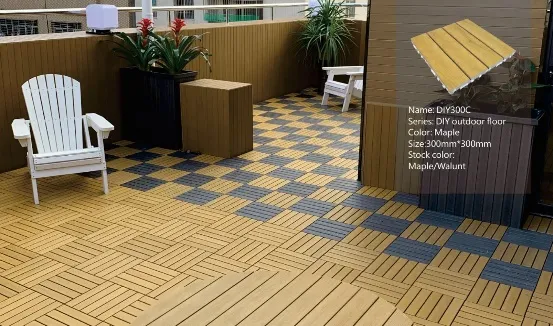
Real-World Applications: Where WPC Wall Panels Shine (Safely)
Let's get practical. When should you choose WPC wall panels, considering their fire resistance? Let's walk through a few scenarios:
Residential Living Rooms & Bedrooms: These are low-traffic, occupied spaces where fire safety is important but not as stringent as, say, a hospital. A Class B WPC panel with a smoke development index under 450 works well here. Plus, WPC's resistance to moisture makes it a great choice for bathrooms or basements (just ensure it's properly sealed!).
Commercial Offices & Retail Stores: These spaces see more foot traffic and often have stricter building codes. A Class A WPC panel is ideal here, especially in areas near exits or stairwells where flame spread needs to be minimized. Many WPC wall panel suppliers offer custom colors and textures, so you don't have to sacrifice style for safety.
Hospitality: Hotels & Restaurants: Think about it—restaurants have open flames (stoves, fireplaces), and hotels have hundreds of guests. Here, you'll want WPC panels with a low smoke development index (under 300) to reduce the risk of smoke inhalation. Some suppliers even offer panels treated with antimicrobial additives, a bonus for hotels prioritizing hygiene.
Schools & Daycares: While Class A fireproof CPL inorganic boards are the gold standard here, WPC can still be used in non-safety-critical areas like staff lounges or administrative offices—just check local building codes first. Always consult with your building material supplier to ensure compliance.
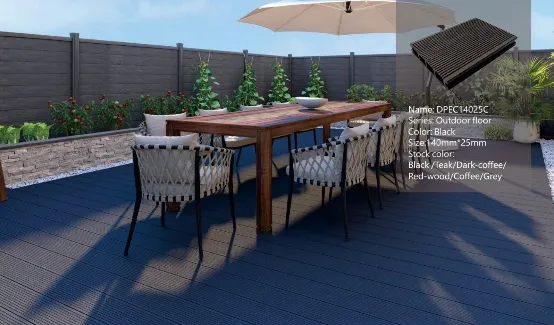
Choosing the Right WPC Wall Panel Supplier: What to Look For
You wouldn't buy a car without checking its safety rating, right? The same logic applies to WPC wall panels. The supplier you choose can make or break your project's safety and success. Here's what to ask before signing on the dotted line:
1. Can you provide fire test reports? Any reputable WPC wall panel supplier should have no problem sharing ASTM E84, UL 723, or EN 13501-1 test results. If they hesitate or offer vague answers, walk away.
2. What certifications do your panels have? Look for CE, UL, or FM Approvals. These marks mean the product has been tested by independent labs, not just the supplier's in-house team.
3. Do you offer installation support? Fire resistance isn't just about the panel itself—it's about how it's installed. A supplier that provides detailed guides, technical support, or even on-site training shows they care about your project's success.
4. Can you customize panels for specific fire codes? Some regions have unique requirements (e.g., California's strict fire codes for wildfire-prone areas). A flexible supplier will work with you to adjust formulations or add extra flame retardants if needed.
5. What's your track record? Ask for references or case studies. Has the supplier worked on projects similar to yours? Do they have experience with commercial or residential builds? A supplier with a proven history is more likely to deliver consistent, safe products.
FAQs: Your Fire Safety Questions Answered
Final Thoughts: Safety First, Style Second (But Why Not Both?)
At the end of the day, WPC wall panels offer a winning combination of durability, style, and versatility. But none of that matters if they compromise safety. By understanding fire resistance ratings, checking certifications, and choosing a reputable WPC wall panel supplier, you can have the best of both worlds: a space that looks great and keeps people safe.
Remember, fire safety isn't a box to tick—it's a promise. Whether you're building a home for your family or a commercial space for your community, investing in high-quality, fire-resistant materials is one of the most responsible choices you can make. So, do your research, ask tough questions, and don't settle for anything less than a supplier who prioritizes safety as much as you do. After all, when it comes to walls, the best ones are the ones that protect—inside and out.
Tags:
Recommend Products










